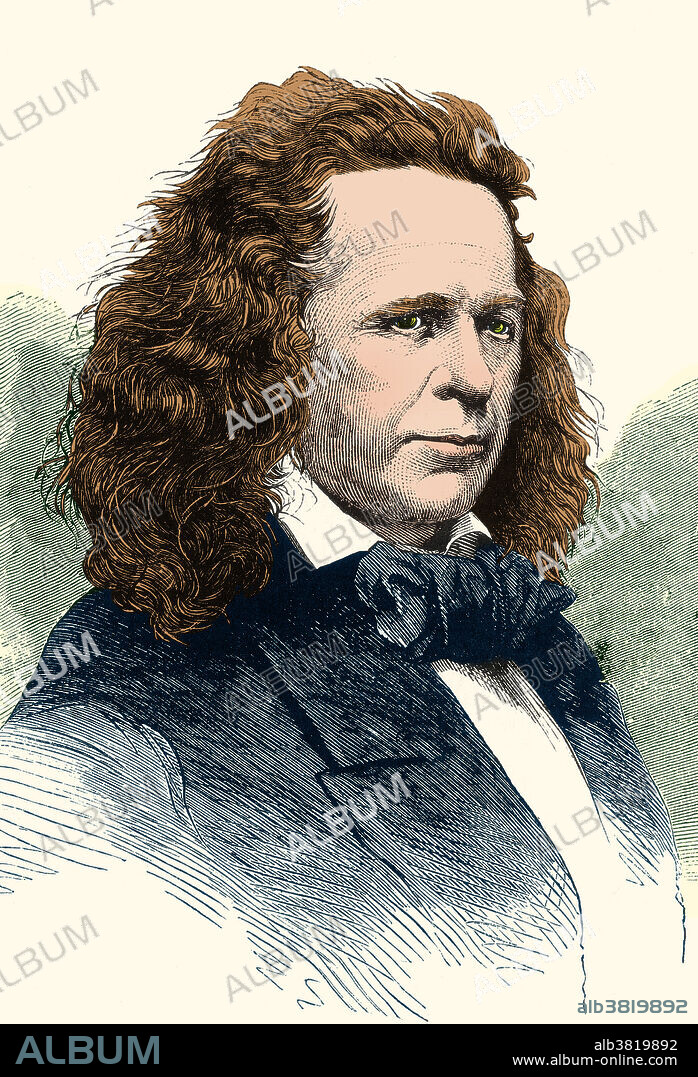alb3819892
Elias Howe, American Inventor

|
Añadir a otro lightbox |
|
Añadir a otro lightbox |



¿Ya tienes cuenta? Iniciar sesión
¿No tienes cuenta? Regístrate
Compra esta imagen.
Selecciona el uso:

Título:
Elias Howe, American Inventor
Descripción:
Ver traducción automática
Elias Howe, Jr. (July 9, 1819 - October 3, 1867) was an American inventor and sewing machine pioneer. Contrary to popular belief, he was not the first to conceive of the idea of a sewing machine. He originated significant refinements to the design concepts of his predecessors, and on September 10, 1846, he was awarded the first United States patent (U.S. Patent 4,750) for a sewing machine using a lockstitch design. His machine contained the three essential features common to most modern machines: a needle with the eye at the point, a shuttle operating beneath the cloth to form the lock stitch, and an automatic feed. Despite his efforts to sell his machine, other entrepreneurs began manufacturing sewing machines. Howe was forced to defend his patent in a court case that lasted from 1849 to 1854 because he found that Isaac Singer with cooperation from Walter Hunt had perfected a facsimile of his machine and was selling it with the same lockstitch that
Crédito:
Album / Science Source
Autorizaciones:
Tamaño imagen:
2700 x 3960 px | 30.6 MB
Tamaño impresión:
22.9 x 33.5 cm | 9.0 x 13.2 in (300 dpi)
Palabras clave:
AMERICANO • ARTE • BOCETO • CIERRES • COLOR • COLOREADA • COLORIDO • DAR DE COMER • DIBUJO • DISEÑO • ESTADOS UNIDOS DE AMERICA • EXPOSICION • FAMOSA • FAMOSO • FAMOSOS • FIGURA • GENTE • HISTORIA • HISTORICO • HOMBRE • HOMBRES • ILUSTRACION • IMPORTANTE • INVENTOR • MAQUINA • MASCULINO • MAYOR • MEDALLA • MEJORA • OBRA DE ARTE • ORO • PARIS • PERSONA • PERSONALIDAD • PERSONALIDADES • PIONERO • PORTRAIT • RETRATO DE HOMBRE • RETRATO • S. XIX • SALA • SIGLO XIX • SIGLO • TECNOLOGÍA • TECNOLÓGICA
 Pinterest
Pinterest Twitter
Twitter Facebook
Facebook Copiar enlace
Copiar enlace Email
Email
